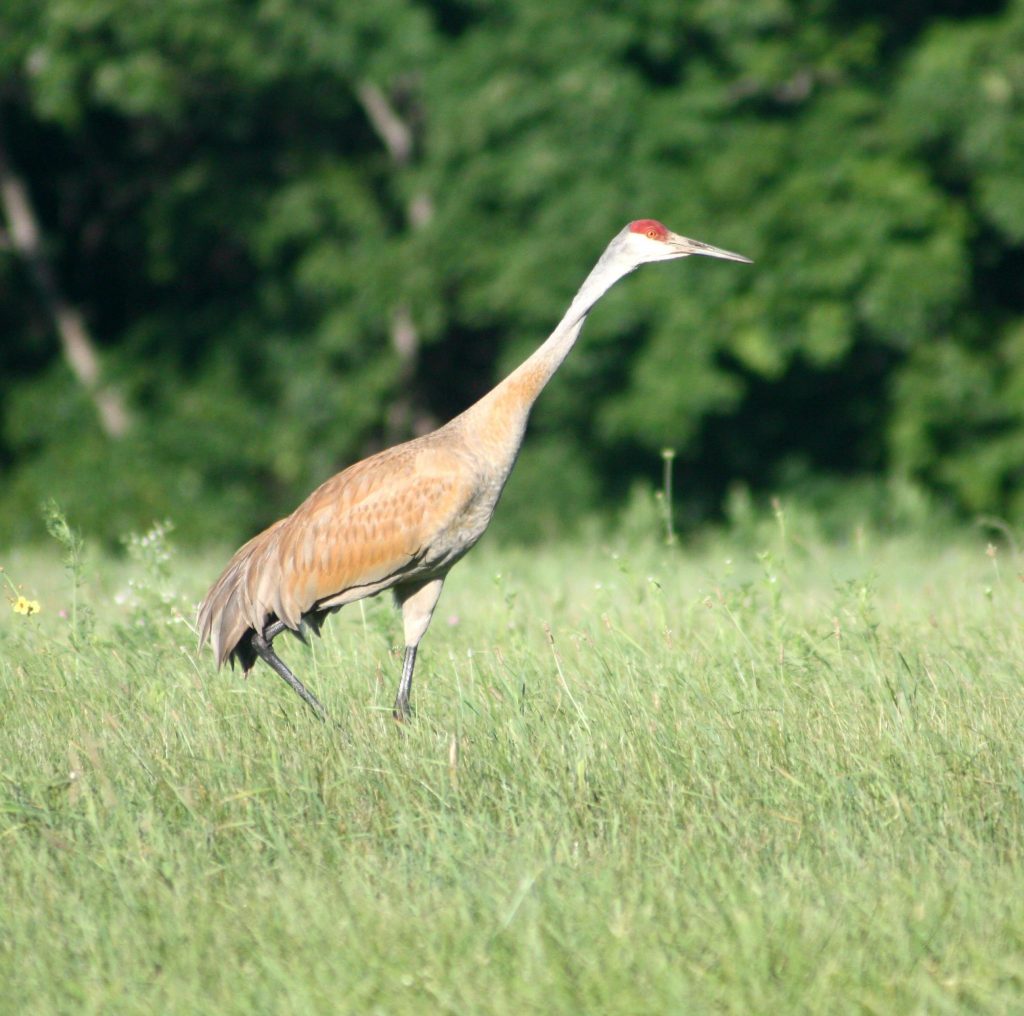Spring is over and summer is officially here. Pennsylvania wildlife has been busy for months making more wildlife.
We have been focusing on fawns but birds have fledged their first brood and many are working on their second (mourning doves may be working on their 4th!); rabbits are raising their third litter of the year; chipmunks, ground hogs, gray squirrels, mink, striped skunks, elk, water shrews, opossums – all are at their annual population peak.
But with this explosion of wildlife all around us, why aren’t we tripping over them the minute we set foot outside? Sure we notice a baby bird or bunny here and there. But really, given the sheer number of babies on the landscape right now, our encounters with them don’t increase as much as we might expect.
Why?
The young of any species is weak, naive, and tasty. So they are all at risk of predation. And predators are not limited to bears, coyotes, and bobcats. As previously posted, deer get in on the feeding frenzy too.
When you are a baby, the list of species that might eat you includes EVERYTHING – crows, raccoons, deer, snakes, owls, red squirrels!
Yikes!
No wonder we aren’t seeing more wildlife. Everything is eating everything else. Well, not really. Thankfully, Mother Nature has given babies some defense against the cold, cruel, hungry world. That defense, of course, is hiding in plain sight and being capable of a vanishing act that puts the great Houdini to shame.
We have talked about this extensively with regard to our fawn capture. You can’t catch a fawn until you find it and that is the real challenge. That fabulously cute coat coupled with their ability to remain perfectly still even when danger is inches away is a winning combination.
But fawns are not the only babies blessed with this Houdini-esque talent.
After following the blog and hearing us lament over the difficulty in finding fawns, one of our readers shared a story. On a morning hike in Franklin County, Courtney Gustafson spotted a pair of beautiful Sandhill cranes. What was even more amazing is they had 2 little ones.
In the 1930s, the eastern population of Sandhill cranes was estimated to be just 300 birds. Nesting cranes were only confirmed in Pennsylvania in 1993 in Lawrence County.
In recent decades, however, the eastern population has undergone rapid growth with an estimated population of 65,000 and growing! They have been spotted in over 30 counties.
Cranes are big – 4.5-5 ft tall with over a 6 ft wingspan weighing 10-14 lbs – but the first photo of a nest wasn’t until 2009! Chicks are about 6 inches tall and weigh less than ¼ lb when they hatch but can grow up to an inch and gain up to 20% of their body weight per day.

After being discovered, one of the babies hunker down while the adults walked off. Excited, Mr. Gustafson moved in for a closer inspection. Much to his dismay, the baby channeled its inner Houdini and disappeared in the clover.
So while the world is big and scary to little ones, their special powers often keep them safe and invisible.
-Jeannine Fleegle, biologist
PGC Deer and Elk Section
Photo credits: Courtney Gustafson
If you would like to receive email alerts of new blog posts, subscribe here.
And Follow us on Twitter @WTDresearch
